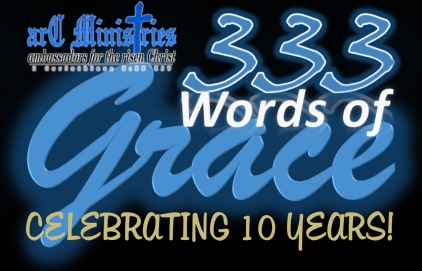Tuesday, March 26, 2024
“But with the precious blood of Christ, as of a lamb without blemish and without spot:…” (1 Peter 1:19 KJV).
How was Israel to see Jesus Christ was “without blemish and without spot?”
Christ rides the donkey into Jerusalem on Palm Sunday (Matthew 21:1-11). (Passover, His death, is about four days away [cf. John 12:1,12-16].) Entering the Temple, He cleanses it of the thieves who had been utilizing “God’s religion” to deceive and rob His people; there, He heals the blind and lame (Matthew 21:12-14). Israel’s religious leaders grow envious when children praise Him (verses 15,16).
Sleeping in nearby Bethany for the night, Jesus returns to Jerusalem in the morning to curse the barren fig tree (verses 17-22). God will never reinstitute the Mosaic Law, for it has produced no spiritual fruit in Israel. In the Temple, Israel’s religious leaders demand of Christ where He received His authority, and slyly dodge His subsequent question about John the Baptist (verses 23-27). He then issues three stinging parables: they do not follow God as they claim (verses 28-32), they willfully reject and scheme to murder His Christ—yes, He knows!! (verses 33-46), and they further refuse to believe on Him (22:1-14).
The Pharisees collaborate to get Jesus to say something incriminating before the Temple crowds (verse 15): they send delegates to ask Him about paying taxes (verses 16-22). The Sadducees then attempt to trick Him with a resurrection riddle (verses 23-33). A lawyer of the Pharisees finally asks Him about the great Law commandment (verses 34-40). Christ answers all three issues wisely! He asks them a question now, which they cannot answer; they are silenced (verses 41-46). Matthew chapter 23 follows—His severest censure of these false religious leaders (cf. John chapter 8)! He finally curses unbelieving Jerusalem, declaring that God’s house has become her house. Exiting the Temple, He walks to the Mount of Olives; in Matthew chapters 24 and 25, He delivers His magnificent end-time “Olivet Discourse.” Calvary is soon!
Indeed, when Israel was appraising the Passover lamb for slaughtering, sinless Jesus entered Jerusalem. He was the true Passover lamb, “a lamb without blemish and without spot” (today’s Scripture), to be sacrificed for us sinners (1 Corinthians 5:7). Would Israel sacrifice Him in faith? Or, in unbelief? Let us see….

